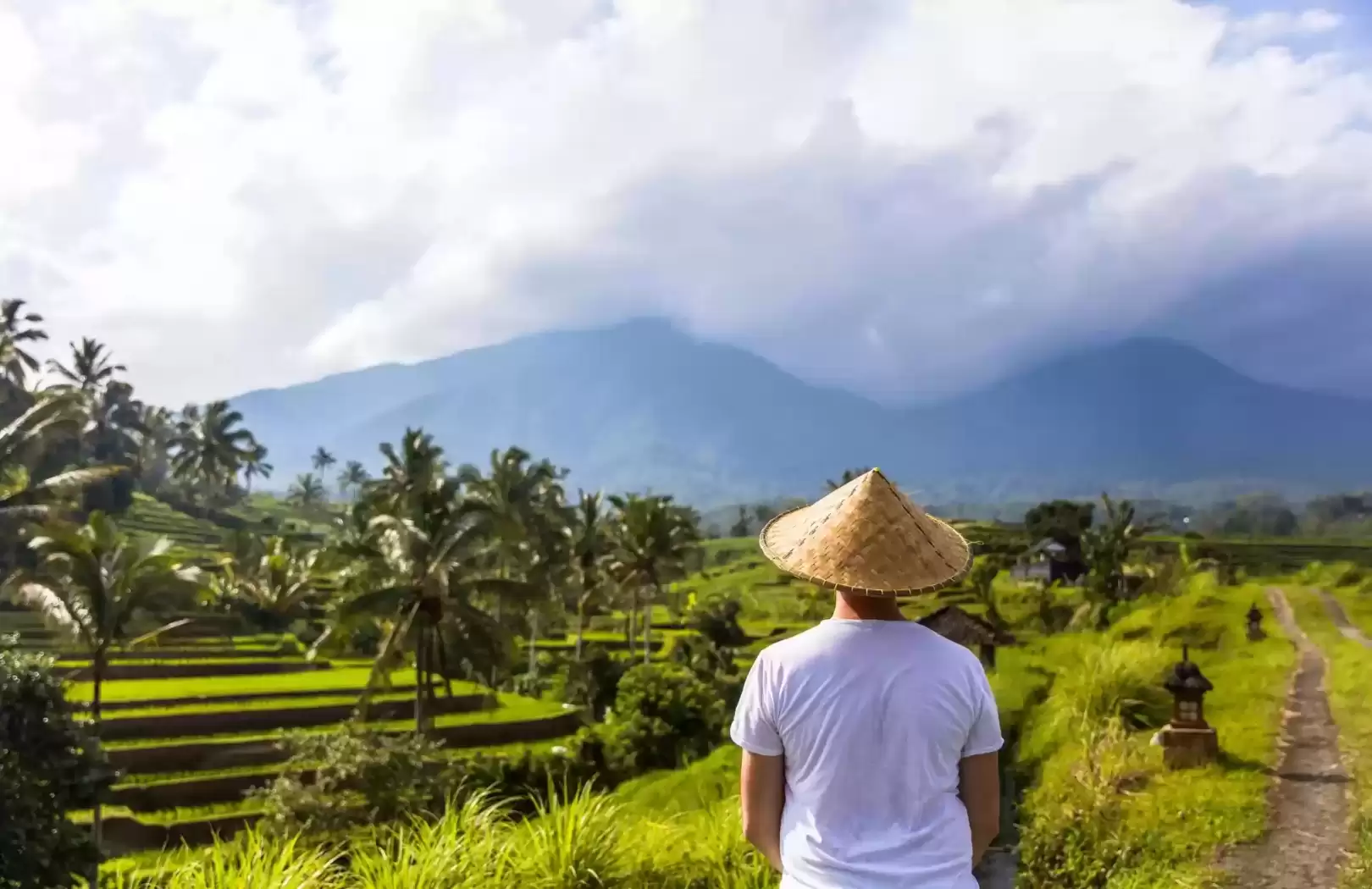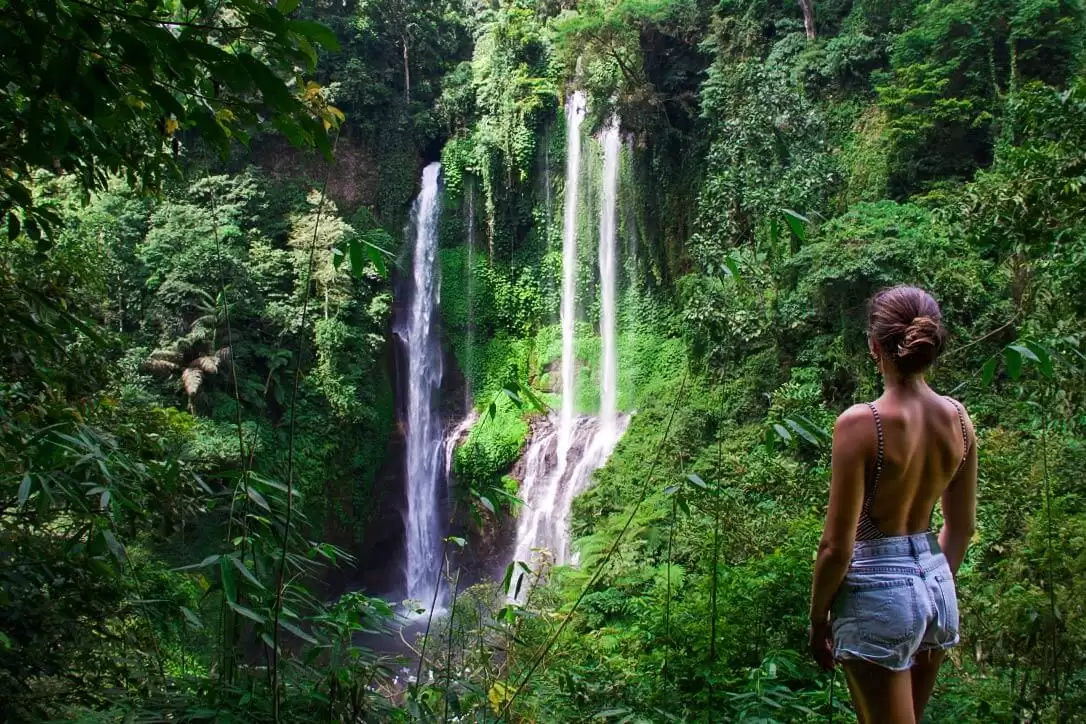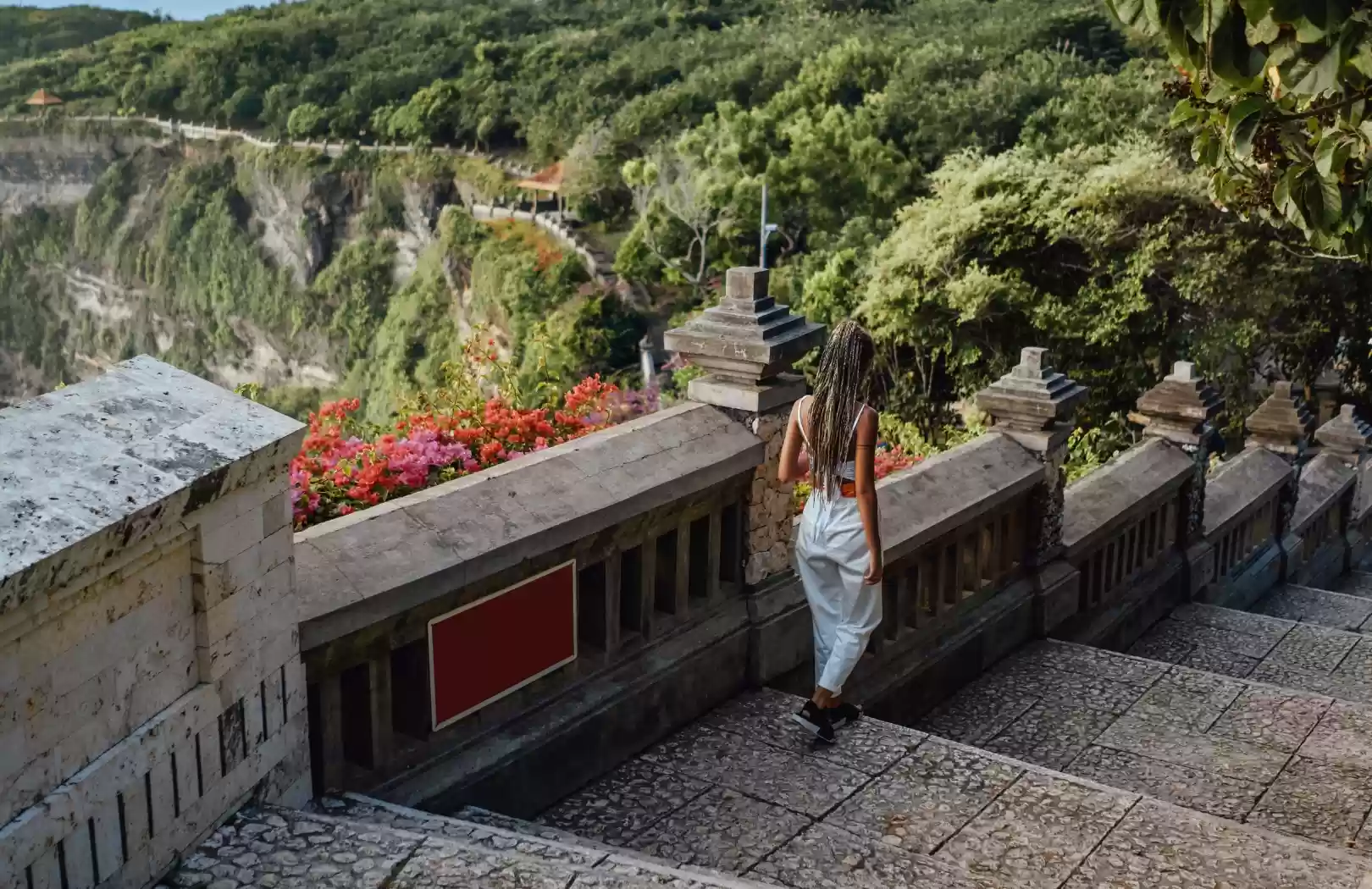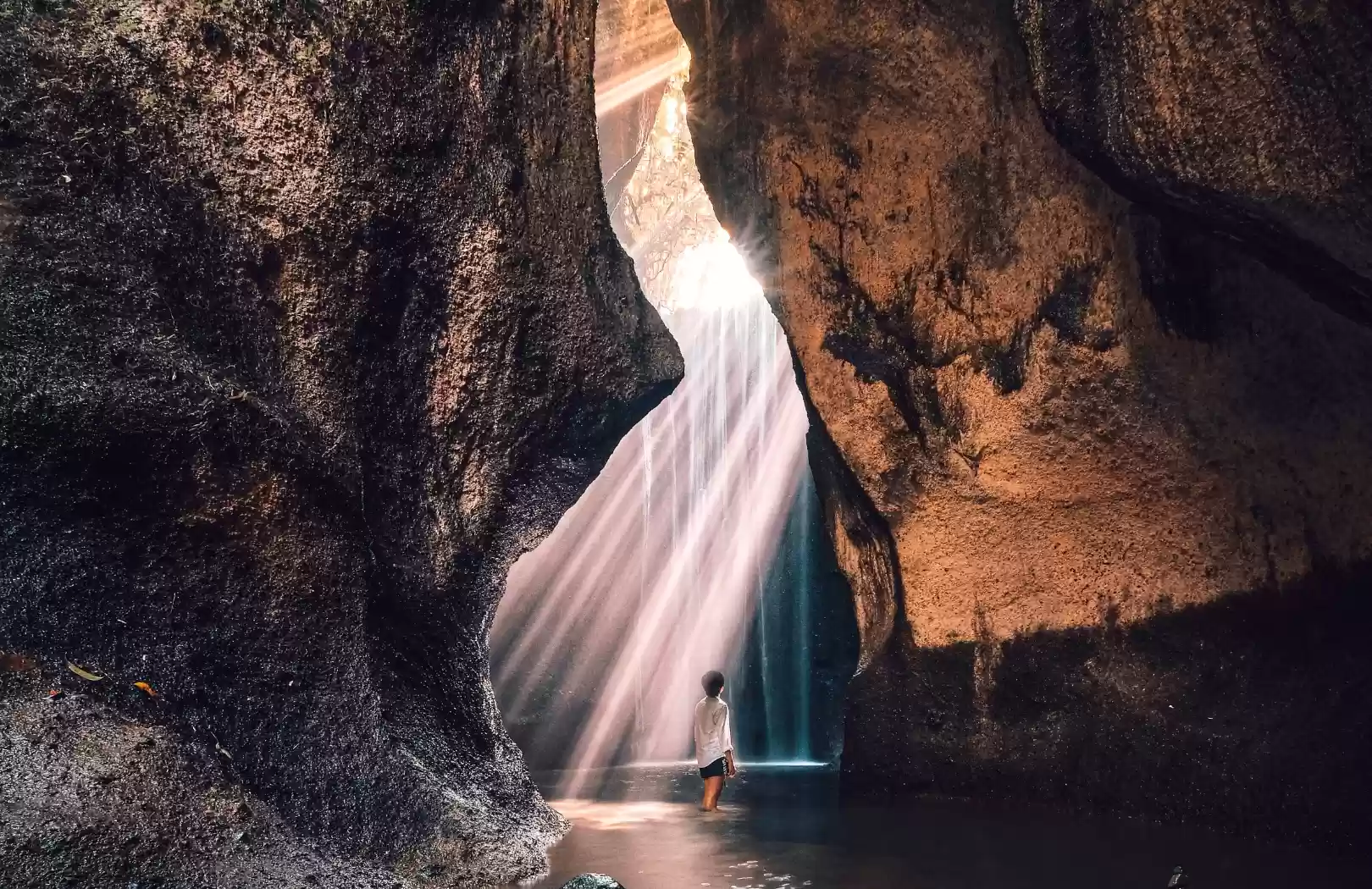Besakih Mother Temple
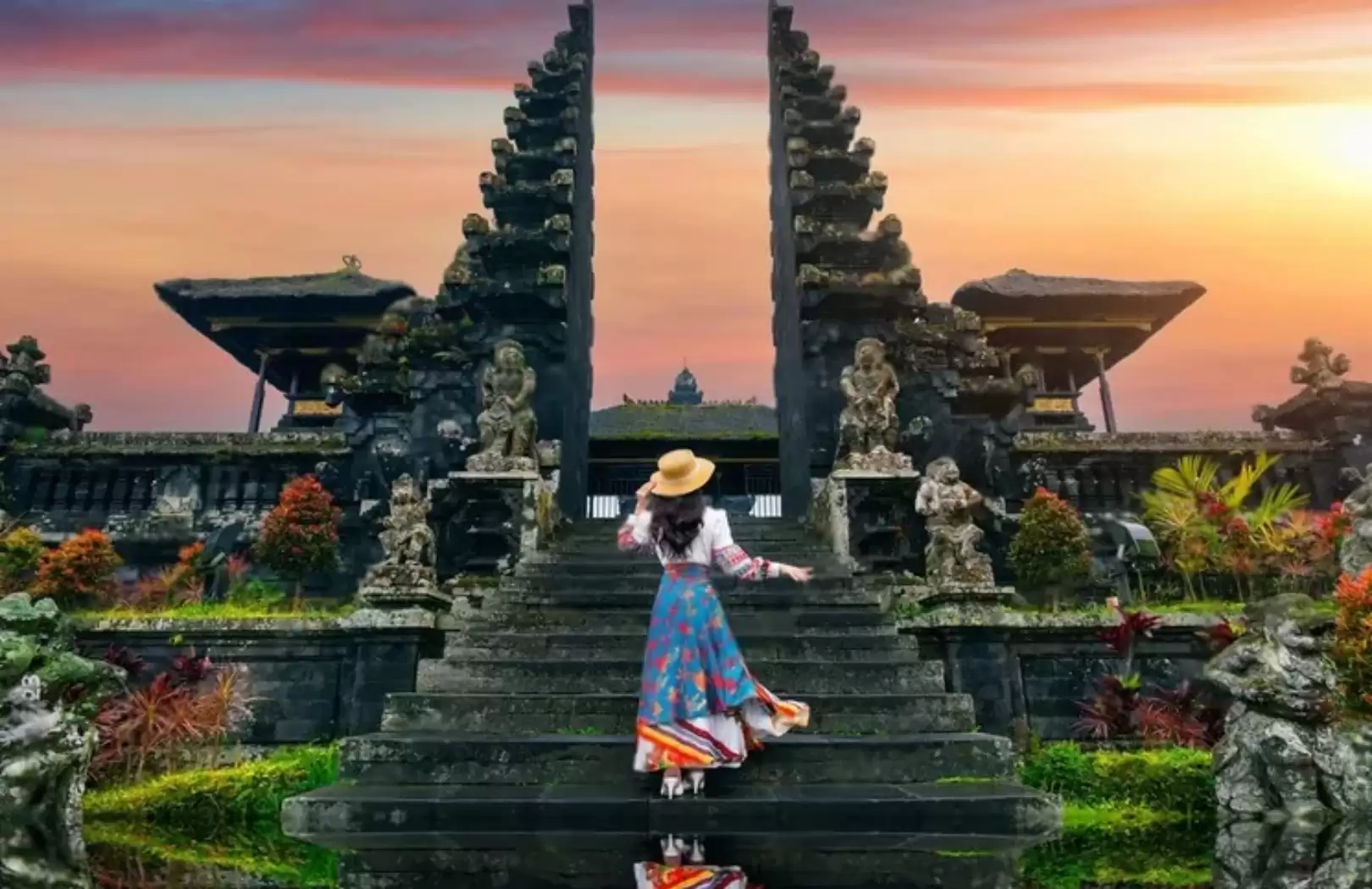
High on the sacred slopes of Mount Agung, hidden among clouds and cooled by mountain breezes, lies the heart of Balinese spirituality — Besakih Temple, also known as the Mother Temple of Bali. For over a thousand years, this vast temple complex has been the island’s most important religious site, a sacred place where Balinese Hindus come to connect with their gods, ancestors, and the spirit of nature itself.
The Spiritual Significance of Besakih
Besakih Temple is not just a single temple. It’s an entire complex of 86 separate temples, dominated by the towering Pura Penataran Agung, which sits at the highest elevation. Balinese Hindus believe this site is the holiest place on the island, a place where human life and divine power meet. It’s the spiritual axis of Bali.
The temple’s location is no accident — Mount Agung is considered the home of the gods. When the volcano erupted in 1963, killing over a thousand people, lava flows came within meters of Besakih but stopped short of destroying it — an event many saw as a sign of divine protection.
History of Besakih Temple
The roots of Besakih go back more than a millennium. Ancient stone shrines at the site suggest the temple was built as early as the 8th century, although local legend says it may be even older. Over the centuries, kings, priests, and villagers contributed to its expansion, creating a layered architectural complex representing all aspects of Balinese cosmology.
Besakih Temple has survived wars, natural disasters, colonial occupation, and political change. Yet it remains central to Balinese identity — a living, breathing symbol of faith and resilience.
Architectural Marvel at the Edge of the Sky
What makes Besakih Temple so unique isn’t just its size — it’s the way it rises with the land. Terraced stairways lead you through courtyards filled with shrines, gateways, altars, and ornate statues. The temple’s architecture follows the concept of “Tri Hita Karana,” which harmonizes three relationships: humans with God, humans with nature, and humans with each other.
At the center stands Pura Penataran Agung, dedicated to the supreme god, Sang Hyang Widi Wasa. The eleven-tiered meru (pagoda-like shrine) symbolizes the link between the earthly world and the heavens.
Festivals and Ceremonies at Besakih
Visiting Besakih during one of its many ceremonial festivals is a mesmerizing experience. The most important of these is Betara Turun Kabeh, a grand ritual where all deities are believed to descend to Besakih to bless their followers. It happens once every 210 days and attracts tens of thousands of pilgrims in white ceremonial dress, carrying offerings, parasols, and incense.
Other ceremonies honor ancestors, harvests, and cosmic balance — each with a distinct rhythm of gamelan music, dancing, and flower-strewn altars. These rituals offer a window into the sacred life of the Balinese.
How to Get to Besakih Temple
Besakih is located in eastern Bali, in the Karangasem Regency, about 2.5 hours from Ubud or 3 hours from South Bali. The journey is scenic — through rice terraces, hills, and traditional villages.
The best way to reach the temple is with a private driver who knows the route and can stop at hidden gems along the way. Oyi Luxury Trans offers private, luxury day tours to Besakih with hotel pickup, personal guide, and customized itineraries.
Dress Code and Etiquette
Because Besakih Temple is a sacred site, visitors are expected to follow certain rules:
- Wear a sarong and sash, both for men and women. You can rent or borrow them at the entrance.
- Avoid wearing revealing clothing.
- Women during their menstrual cycle are asked not to enter temples, in accordance with Balinese customs.
- Don’t climb the shrines or turn your back to altars when praying is happening.
Respect is key. You’re not just entering a tourist site — you’re entering a living place of worship.
What to See at the Temple Complex
There’s so much to explore inside Besakih, but here are some highlights:
- Pura Penataran Agung: The largest temple, representing Mount Agung itself.
- Pura Batu Madeg: Dedicated to Vishnu, this temple marks one of the oldest parts of the complex.
- Pura Kiduling Kreteg: Symbolizing Brahma, the creator god.
- Split gates (candi bentar): Iconic Balinese architecture that leads into the main courtyards.
- Panoramic views: On clear days, you can see the rice paddies, forests, and villages stretching into the distance.
Most visitors spend 1.5 to 2 hours walking around the site, though spiritual pilgrims may spend an entire day here.
The Best Time to Visit Besakih
If you're planning to witness sunrise, leave early and enjoy the tranquil morning atmosphere before the crowds. Otherwise, mid-morning on weekdays tends to be quieter.
Avoid visiting during major Galungan or Kuningan holidays, unless you want to observe ceremonies — traffic and crowds can be intense, but it’s also when the temple is at its most vibrant.
The dry season, between April and October, is ideal for clearer views of Mount Agung and comfortable exploration.
Besakih in the Eyes of Travelers
Travelers often describe visiting Besakih Temple as a deeply emotional and cultural experience. It’s not uncommon to feel a sense of peace and awe walking up the stone paths with the backdrop of volcano and sky.
Many say it’s a spiritual contrast to the beaches and nightlife of South Bali — a reminder that Bali is more than a tropical island. It’s a sacred land full of soul.
Private Tour Recommendations
A great way to experience Besakih is to combine it with other attractions in East Bali:
- Lempuyang Temple (Gate of Heaven) for sunrise photography.
- Tirta Gangga water palace.
- Sidemen Valley for scenic rice field views.
- Lunch overlooking Mount Agung, arranged by your private driver.
With Oyi Luxury Trans, you can build a private tour that reflects your personal interests — whether you seek spirituality, photography, nature, or a little of everything.
Why Besakih Matters in Today’s Bali
In a world of quick selfies and over-tourism, Besakih Temple reminds us of something deeper — a connection to the divine, to culture, and to the environment. It shows that Bali is not just a destination but a spiritual journey.
And while temples like Uluwatu or Tanah Lot are more famous among casual tourists, Besakih is for those who seek meaning behind the beauty.
Final Thoughts
If Bali had a soul, it would live at Besakih Temple. This is where Balinese Hinduism reveals its heart, where nature and worship unite in harmony. It’s not just a temple — it’s a symbol of Bali’s past, present, and spiritual future.
So if you're coming to Bali, don’t skip the Mother Temple. Let its silence speak to you. Let the breeze from Mount Agung cleanse your mind. Let the spirit of Bali move you — one step closer to something sacred.

